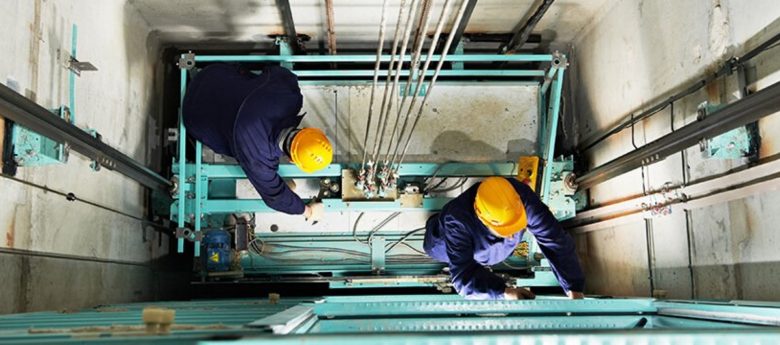If you must work in, on or near elevators at your California job, you are at substantial risk for injury and/or death. Per the Center for Construction Research and Training, elevator accidents account for nearly 17,000 injuries and 31 deaths each year.
If you are an elevator installer, repairman or maintenance worker, your risk is particularly high. Fifty-six percent of elevator deaths occur when a worker falls down the elevator shaft, 18 percent occur when a worker gets caught in the elevator’s moving parts, and 16 percent occur when the elevator or one of its counterweights strikes a worker.
If you clean elevator shafts, perform construction tasks near open shafts or help rescue and evacuate passengers stranded in stalled elevators, you likewise are at risk. However, elevator constructors and mechanics account for a full 50 percent of elevator deaths.
Alarming statistics
Between 1992 and 2009, the latest period during which elevator statistics are available, elevator accidents took the lives of 263 workers. Of these fatalities, 110 of them were installers or repairers, 107 were people working near the elevator, and 46 were people working in the elevator car or shaft. Of the 110 fatalities suffered by installers or repairers, approximately 75 per cent of them occurred to the installers and repairers themselves; only 25 percent occurred to other workers who were part of the team, such as supervisors, electricians, engineers, etc.
Construction workers accounted for nearly all of the 107 fatalities suffered by people working near an elevator. Absent or improper shaft guards caused 49 of the deaths when the worker fell down the shaft. Forty-six construction workers lost their lives while engaged in such activities as the following:
- Cleaning the shaft
- Fixing an elevator that was stuck
- Trying to find or retrieve an object that fell into the shaft
- Standing on the platform above the shaft when it collapsed
The purpose of this information is to educate you; you should not interpret it as legal advice.



